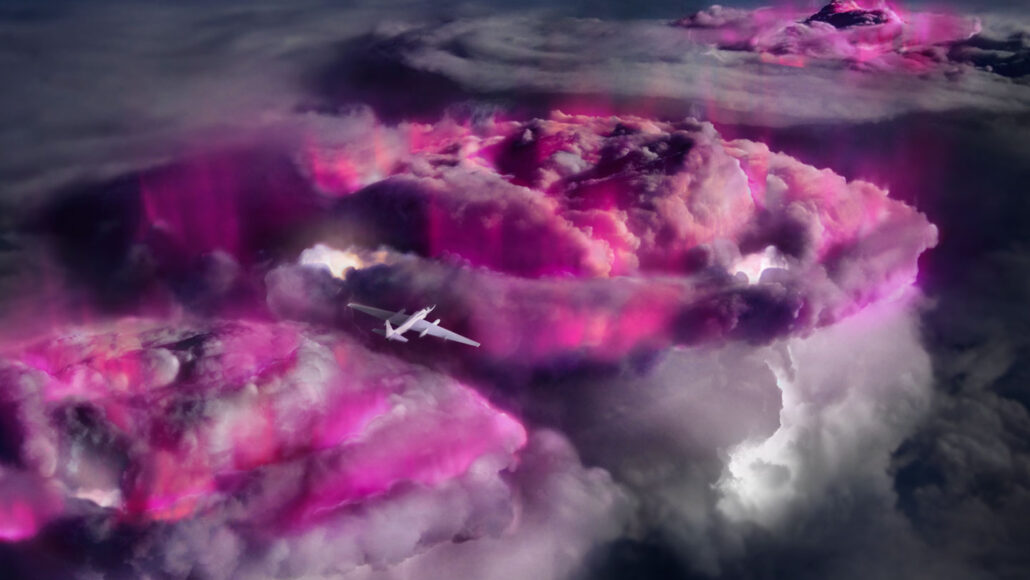Questions for ‘Thunderstorms churn up a ‘boiling pot’ of high-energy gamma rays’

A thunderstorm, viewed from an airplane soaring above the clouds, glows in gamma rays. They’re purple in this illustration, but invisible to the human eye.
The ALOFT team/Mount Visual (CC BY 4.0)